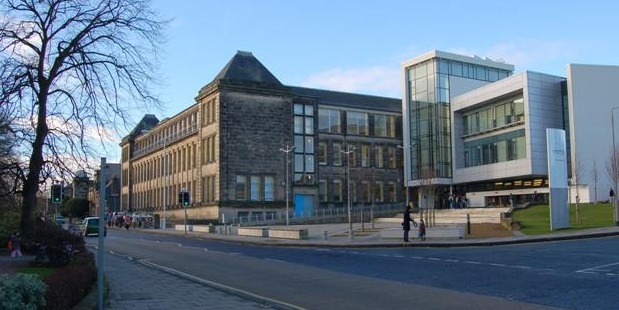Too many college students are failing to finish their courses, Scotland’s official funding body has said.
A survey by the Scottish Funding Council (SFC) found that during 2009/10 only 60% of full-time students on further education courses completed them.
Another 12% finished their studies without getting the qualification they hoped for and the rest dropped out.
Colleges also provide a range of higher education courses and completion rates for these were a little higher, with 64% of full-time students passing.
The SFC said it was concerned by the number of students failing to finish studies. It paid out almost £500 million in teaching grants to colleges in 2009/10.
Chief executive Mark Batho said: “To an extent, the statistics reflect the challenges faced by colleges reaching out into communities and trying hard to get people involved in learning.
“However, any level of dropout at all carries a cost to the public purse as well as the human cost of disappointment and lost opportunity.”‘Right opportunity’He added: “Giving people the right opportunity in the right place with the right kind of support is really important in terms of people’s progress through lifelong education and so we will be working closely with colleges to seek improvement.”
Among the six colleges in Tayside and Fife, the proportion of students finishing their further education course, with or without passing, ranged from 67% at Adam Smith College to 77% at Angus College.
Elmwood College had the highest completion rate for higher education at 83% and Carnegie was lowest on 70%.
The SFC said: “Comparison of the performance indicators of individual colleges should take account of the contexts in which different colleges operate and allow for the expected differences in pass rates as a result of random variability.”
One in four students were on full-time courses in 2009/10.
There was a 17% rise in the number of full-time students between 2005/06 and 2009/10 and the SFC said this may have hit success rates.
Mr Batho said: “Full-time students are less likely to complete their programmes. These programmes require commitment over a longer period of time and pass rates can be lower as students are required to achieve more units/credits than those enrolled on short part-time courses.”
